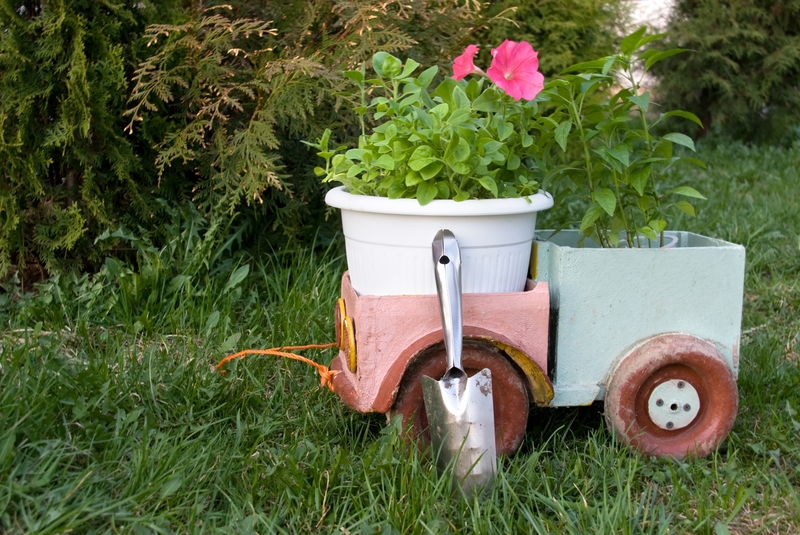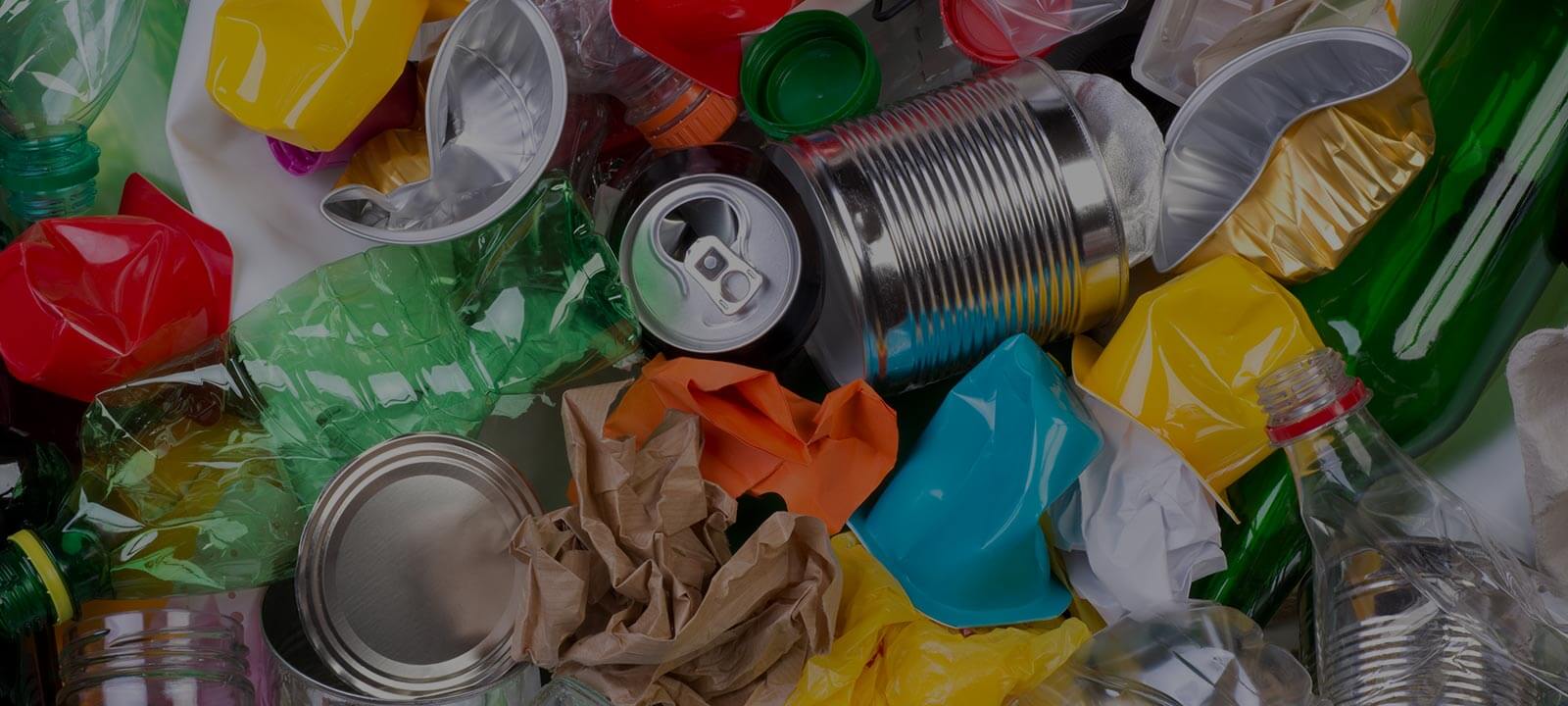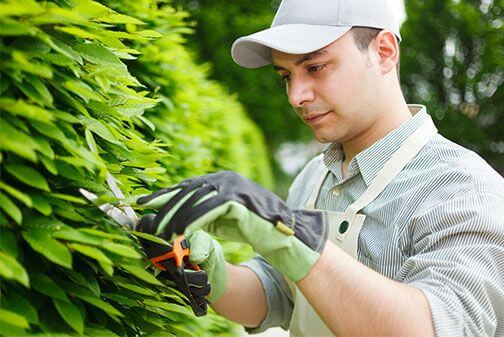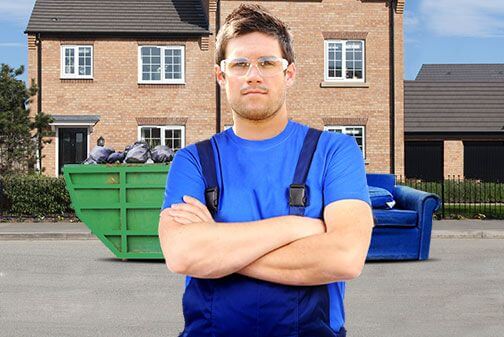Quick and Simple Home Recycling
Posted on 19/09/2025
Quick and Simple Home Recycling: A Comprehensive Guide
In an age where sustainability and environmental consciousness are paramount, home recycling presents an efficient and essential means of reducing waste and conserving resources. Whether you're a seasoned recycler or new to the practice, understanding the basics and implementing routines can make a significant difference. This article aims to guide you through the quick and simple ways to adopt and maintain an effective home recycling system.
Why Recycling Matters
Recycling offers numerous environmental, economic, and social benefits. By recycling, we reduce the need for raw materials, save energy, and mitigate pollution. Moreover, recycling helps reduce landfill waste and conserves natural habitats, promoting a healthier planet for future generations.

Getting Started with Home Recycling
Creating a quick and simple home recycling system involves a few straightforward steps that ensure efficiency and ease. Here's a step-by-step approach to get you started:
Step 1: Understand What Can Be Recycled
Different municipalities have different recycling capabilities. Familiarize yourself with your local recycling guidelines to know which materials are accepted. Common recyclable items include:
- Paper: Newspapers, magazines, and office paper
- Cardboard: Boxes and packaging materials
- Plastics: Bottles and containers labeled with codes 1 and 2
- Glass: Bottles and jars (some places may not accept certain types of glass)
- Metals: Aluminum cans, tin cans, and some metal containers
Step 2: Set Up Recycling Stations
Create convenient recycling stations around your home. Common areas include the kitchen, garage, and office. Use labeled bins for each type of recyclable material to make sorting easier for everyone in the household.
Sorting and Cleaning Recyclables
Proper sorting and cleaning of recyclable materials are crucial to avoid contamination and ensure your recyclables are processed correctly.
Sorting Materials
Separating your recyclables according to type (paper, metal, plastic, glass) can save time and prevent contamination. Use clear labels on your bins to make it easy for everyone in the household to follow.
Cleaning Recyclables
While it's important to clean recyclables, it doesn't have to be time-consuming. Rinse containers to remove food residue and liquids. Ensure that items like cardboard and paper are dry and free from grease or oil, which can degrade the quality of the material and complicate the recycling process.
Special Recycling: Electronic Waste and Hazardous Materials
Not all recyclable materials can be placed in your regular curbside bin. Electronic waste (e-waste) and hazardous materials require special handling.
Electronic Waste
Items like old computers, mobile phones, and batteries contain harmful chemicals that can damage the environment if not disposed of properly. Many communities provide e-waste recycling drop-off points, or you can return certain items to manufacturers for recycling.
Hazardous Materials
Products like paint, pesticides, and certain household cleaners also need special disposal. Check with your local waste management authorities for guidance on how to dispose of these items safely. Many areas have designated collection days or facilities for hazardous waste.
Recycling Beyond the Bin
Recycling isn't limited to what's collected at the curb. Repurposing and reusing items can extend the lives of materials and reduce waste.
Repurposing and Upcycling
Before throwing items away, consider how they can be repurposed. Glass jars can become storage containers, old t-shirts can be turned into cleaning rags, and broken furniture can be upcycled with a bit of creativity.
Community Exchange Programs
Join local exchange or buy-nothing groups where community members share and swap items they no longer need. This not only reduces waste but fosters a sense of community and resourcefulness.
Composting: An Effective Way to Recycle Organic Waste
Composting is a natural process that turns organic waste into valuable, nutrient-rich soil. This practice not only reduces the amount of waste sent to landfills but also enriches your garden soil.
Starting a Compost Bin
Choose a compost bin or create a compost pile in your backyard. Add a mix of green materials (vegetable scraps, grass clippings) and brown materials (dry leaves, paper). Regularly turn the compost to aerate it and speed up the decomposition process.
Involving the Entire Family
Make recycling a family affair to ensure everyone is on board and contributing. Here are a few tips:
- Educate Family Members: Ensure everyone understands what can and cannot be recycled.
- Create Chores: Assigning recycling-related chores can help distribute responsibilities and reinforce habits.
- Lead by Example: Demonstrate good recycling practices to encourage others to follow suit.
Common Challenges and Solutions
While home recycling is relatively straightforward, you may encounter some challenges. Here's how to address them:
Space Constraints
Limited space can make it challenging to store multiple recycling bins. Consider using stackable bins or combining smaller recyclables in one bin before sorting them for collection.
Dealing with Contamination
Contaminated recyclables can spoil an entire batch. Ensure that everyone in your household understands the importance of cleaning and properly sorting recyclables.
Keeping Up with Changes
Recycling guidelines can change, so stay informed by checking updates from your local waste management authorities. Subscribe to newsletters or follow social media channels for the latest information.

The Bigger Picture: Supporting Recycling Efforts
Individual actions can be amplified by supporting larger recycling initiatives. Advocate for better recycling programs in your community, participate in local clean-up events, and support businesses that prioritize sustainable practices.
Buying Recycled Products
One of the best ways to support recycling is by purchasing products made from recycled materials. Look for labels indicating that products are made with post-consumer recycled content.
Reducing Overall Consumption
While recycling is crucial, reducing overall consumption is equally important. Opt for products with minimal packaging, buy in bulk when possible, and prioritize quality over quantity to extend the lifespan of your purchases.
Conclusion
Quick and simple home recycling is an attainable goal that can have a tremendous positive impact on the environment. By understanding what can be recycled, setting up efficient recycling stations, properly sorting and cleaning recyclables, and involving the entire family, you can make recycling a seamless part of your daily routine. Additionally, exploring composting, repurposing, and supporting community and larger recycling initiatives amplifies your efforts. Together, these actions contribute to a more sustainable future.
Incorporate these steps into your lifestyle and take pride in knowing that your efforts at home are part of a greater movement towards environmental stewardship and sustainability.






